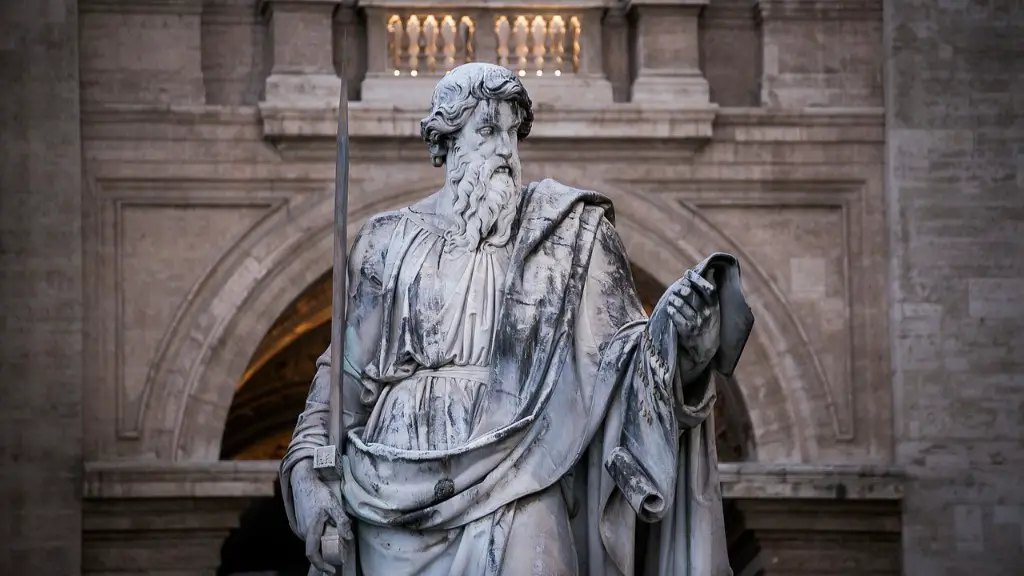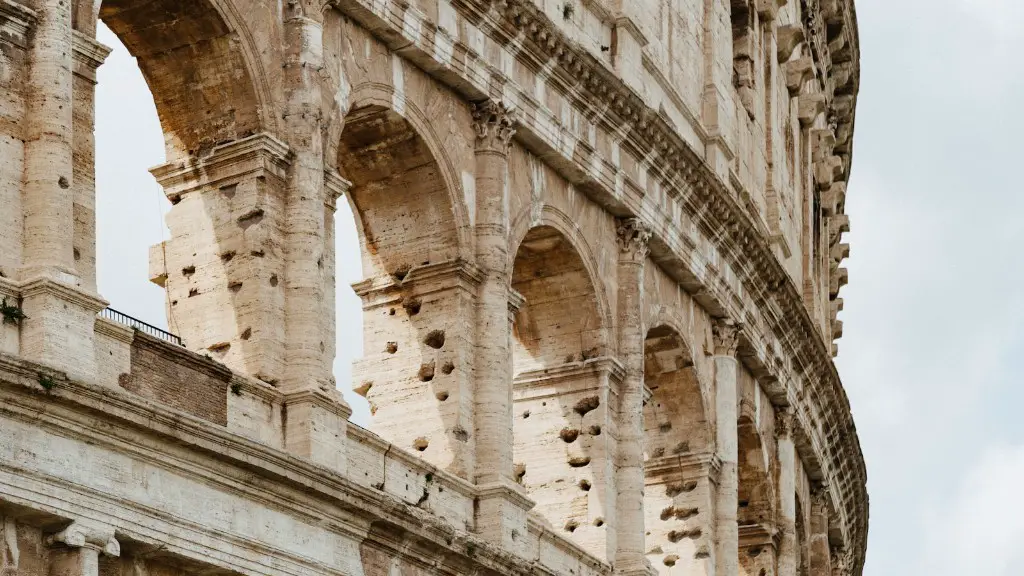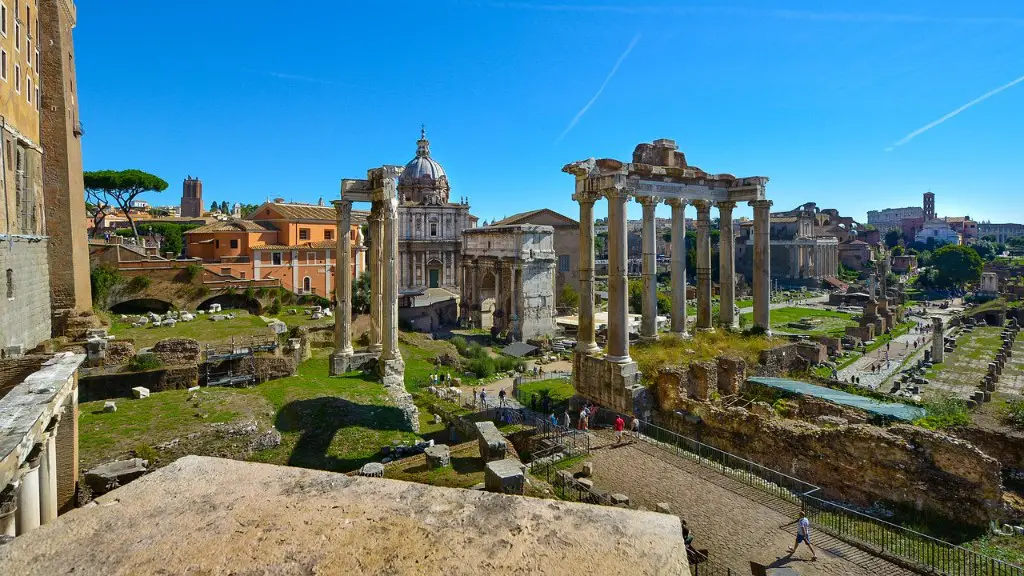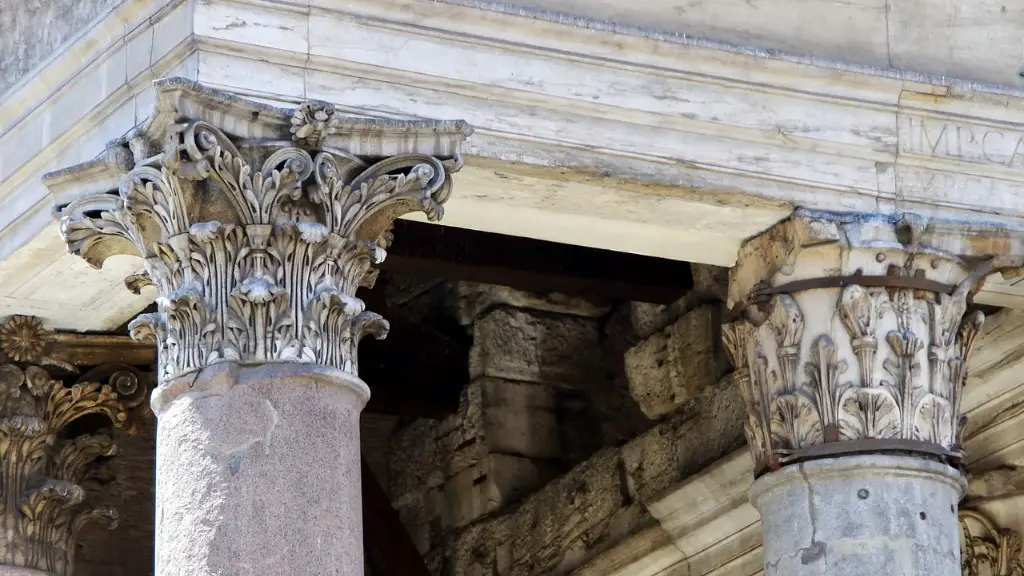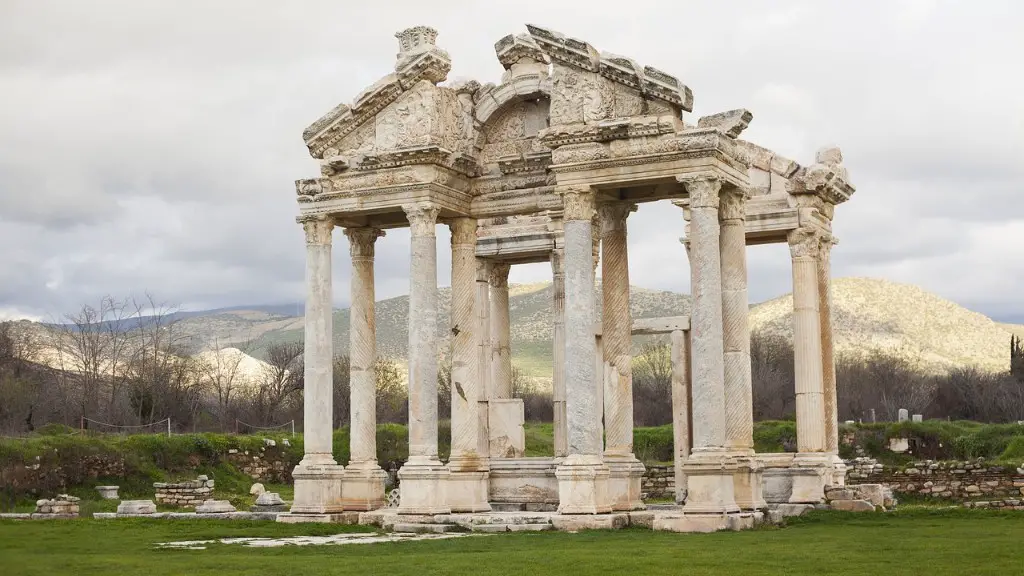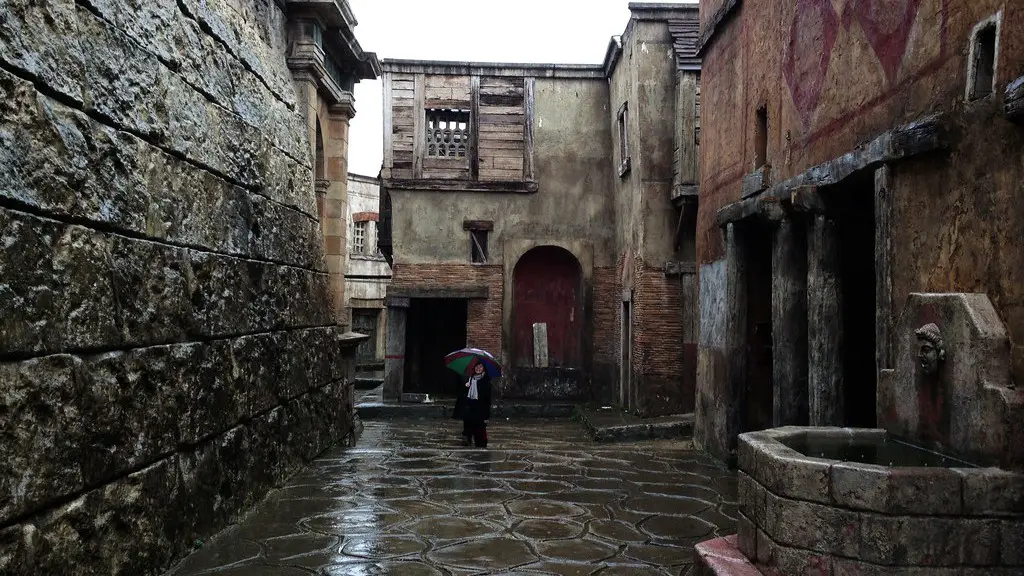What Was the Pax Romana in Ancient Rome?
At the height of the Roman Empire, during a period the ancients labeled ‘The Pax Romana’ or ‘The Roman Peace,’ Rome’s dominion stretched from Britain to Egypt and down to the North African coast. It was a time of unprecedented stability, peace, and prosperity, lasting from the year 27 BCE until 180 CE. The Pax Romana, however, was far more than a period of military victory; it was a gestalt of laws, government, culture, and even peace.
In terms of law, the Pax Romana was heralded by a bevy of reformations. Augustus, the first Roman emperor, established a judicial system that brought fairness and uniformity to the rules of law across the Roman Empire. He also amended the lex Julia, a law curbing adultery and rendering marriage compulsory, and the lex Papia, which granted Roman citizenship and other legal benefits to men over 25 years of age.
Augustus also oversaw a period of expansive political reforms, which solidified his authority as Emperor of Rome. He founded a professional civil service, which increased the efficiency of governance and also served as a breeding ground for loyalty to him and his heirs. He also established a standing military presence in much of the Roman provinces, which lasted even after his death.
Culturally, Caesar Augustus laid the foundations for the Pax Romana by stabilizing and fostering improvement upon existing Roman culture. It was during his rule that Latin literature saw its most prevalent flowering, and Rome experienced an age of great poets, historians, playwrights, and novelists. He also sponsored the construction of public monuments and other public works, stimulating an economic revival.
In its most basic sense, the Pax Romana was a period of relative peace. Its establishment ended a long period of civil war that had roiled the Roman state for decades. For its duration it ‘froze in time’ much of the politics of its day, though trade and commerce flourished with the addition of new peoples and conquered cultures.
Overall, the Pax Romana was responsible for creating a unified Roman political and cultural environment that spanned virtually the entire known world under one governance. It was an unprecedented period of economic and cultural cooperation and peace, and would not be matched in scope and ambition until the modern day European Union.
The Impact of the Pax Romana on Religion
The Pax Romana also had a strong impact on the religious system of Rome.Most historians agree that Augustus actively patronized the spread of Judaism and Christianity in the empire. He sought their acceptance as practiced religions, and believed in their moral precepts and values. As such, Roman citizens were allowed to practice Judaism and Christianity without fear of governmental reprisals or persecution. This fostered an atmosphere of acceptance and tolerance that was foreign to the Roman state until this time.
Augustus understood and appreciated the power of religion to unify disparate peoples and create a sense of shared goals and common purpose. As such, he understood that nurturing the growth and acceptance of religions such as Judaism and Christianity could serve as an effective tool to bind his people together and foster loyalty to him and his successors.
The acceptance of Christianity in particular set the stage for its spread throughout the empire and the western world. If not for the steadfast encouragement of Augustus and other emperors, and the accompanying protection provided by the Pax Romana, it is likely that Christianity might not have taken root and spread so widely, so quickly. This development had a profound impact on the course of global history which can still be felt today.
The Spread of Culture and Trade Under the Pax Romana
The Pax Romana also facilitated the spread of culture and trade from one province to another. This is not to say that the Romans created global infrastructure and communications (though they had certainly crafted something close, by their standards). But the peace provided by the Pax Romana meant that merchants and traders, as well as military and civil personnel, could travel freely and without fear of being assaulted or plundered. This, in turn, enabled the Romans to transport goods and ideas across vast distances and incorporate foreign cultures and local attractions into the daily life of their empire.
The spread of culture and ideas also brought a newfound appreciation among the Romans for the value of foreign peoples and their influence. So, for instance, the Romans adopted certain religious practices from the Greeks, such as their love of the gods, and incorporated these into the Roman belief system. This blending of faiths and cultural practices produced a larger, more diverse population that felt united—a crucial factor in the stability of the Pax Romana.
Economic stability also flourished during the Pax Romana. A steady influx of money from the conquered peoples, in addition to increased trade, made the Empire wealthy and enabled its citizens to acquire goods from foreign lands. The Romans took an active interest in acquiring new and exotic luxuries, such as spices and gems, that were difficult to come by in Rome and its provinces. This, in turn, led to an era of consumption never before seen, thus further enriching the Roman economy and providing a greater level of prosperity to its citizens.
Long-Term Effects of the Pax Romana
The Pax Romana ultimately left a profound mark on the history of Europe and the world. It has been credited with establishing the foundation for a new international system of governance, one built upon the concept of a single, overarching authority. This system, in turn, enabled the spread of culture, the establishment of trade networks, and the exchange of ideas throughout Europe and the Mediterranean.
In essence, the Pax Romana gave birth to the concept of a cohesive and unified world. This concept would be developed further over time with the rise of the Roman Catholic Church and other empires, and ultimately be the base from which today’s global society is constructed. Had the Pax Romana not occurred, it is unclear what form European and global governance would have taken, or if it even would have existed.
Legacy of the Pax Romana
Today, two thousand years after its creation, the Pax Romana still stands as a symbol of peace and power. The concept of a single, overarching authority that could bring stability and rule of law to a vast area of the world is still alive, though the particular forms of government have changed over time. The effects of the Pax Romana can still be felt in our world today, and its legacy serves as a reminder of what we could accomplish if we are willing to work together for a common cause.
Educational Impact of the Pax Romana
The educational reforms brought forth during the Pax Romana were one of its more successful legacies. Augustus was an ardent supporter of the power of education and sought to promote a more inclusive and equitable system of educating Roman citizens. He worked to create a more thorough and comprehensive system of education that reached all levels of Roman society, from the very poorest of the poor to the emperor himself.
The effect of these reforms was far reaching. Augustus not only provided an education to all Romans, but also imbued them with a sense of civic duty, which enabled them to develop as citizens of Rome and as citizens of the world. The Pax Romana was seen as a period of learning and intellectual development, and has gone on to influence multiple generations.
The impact of the educational reforms of the Pax Romana can be seen in modern day schools, with their emphasis on civic responsibility, collaboration, critical thinking, and global awareness. It is because of the efforts of Augustus, and those of the Pax Romana, that the modern school environment looks the way it does today.
Economic Impact of the Pax Romana
The economic reforms of the Pax Romana cannot be overstated. Augustus introduced economic reforms that enabled the spread of goods and services throughout the Roman Empire. He established a system of taxation both to fund the government and to stabilize prices and wages, as well as to ensure a consistent flow of resources to support the needy. He also instituted policies that helped reduce inflation, ushering in a new era of Roman prosperity.
The economic policies of the Pax Romana would later serve as the foundation for future economic models. The economic systems of Renaissance Europe and the modern-day market economy share much in common with the economic reforms of ancient Rome. Many of the same principles, such as fair taxation and prudent fiscal policy, are still essential components of any healthy economy.
In sum, the Pax Romana was a period of unprecedented peace and prosperity for the Roman Empire. Its lasting impact can be felt in many aspects of our lives, from our religious and political systems to our economic models. Its influence reaches far beyond the limits of Rome itself and into the modern world.
